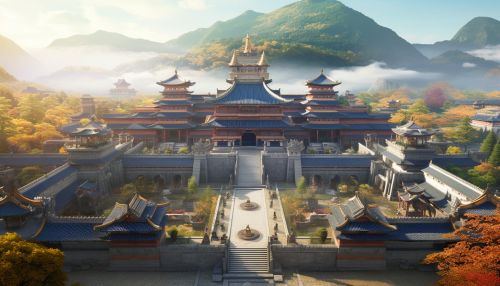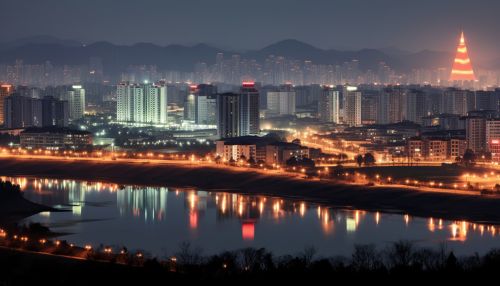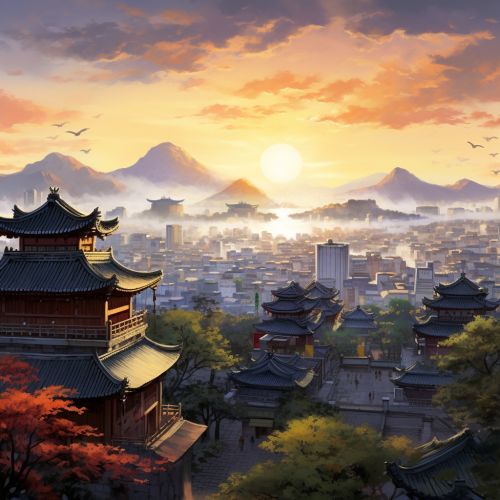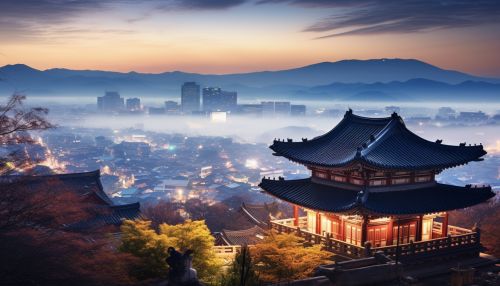Politics of Korea
History of Korean Politics
The political history of Korea dates back to the Three Kingdoms period (57 BC – 668 AD), when the Korean Peninsula was divided into three separate kingdoms: Goguryo, Baekje, and Silla. Each kingdom had its own political system, ranging from highly centralized monarchies to confederacies.


The Silla kingdom eventually unified the peninsula in 668 AD, marking the beginning of the Unified Silla period. The political structure during this time was a hereditary monarchy, with power concentrated in the hands of the royal family and the aristocracy, known as the Hwabaek.
The Goryeo dynasty (918–1392) succeeded Unified Silla. During this period, a civil service system was established, and Buddhism became a significant influence on politics. The Goryeo political system was a monarchy, but power was often held by military leaders and influential families.
The Joseon dynasty (1392–1897), which followed Goryeo, saw the establishment of a Confucian state. The political structure was a hereditary monarchy, with a centralized bureaucracy and a civil service examination system. The Joseon period is known for its political stability, lasting for over 500 years.
Modern Korean Politics
The modern political history of Korea begins with the end of the Joseon dynasty and the start of Japanese colonial rule (1910–1945). During this period, Korea was under the control of the Japanese government, which implemented a policy of cultural assimilation and economic exploitation.
After the end of World War II and the liberation of Korea from Japanese rule, the Korean Peninsula was divided into two separate states: North Korea and South Korea. This division marked the beginning of the contemporary political history of Korea.
North Korea
The Democratic People's Republic of Korea (DPRK), commonly known as North Korea, is a socialist state with a highly centralized, one-party system under the leadership of the Workers' Party of Korea (WPK). The political structure of North Korea is based on the Juche ideology, a form of self-reliance initiated by the country's first leader, Kim Il-sung.


The North Korean political system is characterized by its dynastic leadership, with power being passed down from Kim Il-sung to his son, Kim Jong-il, and then to his grandson, Kim Jong-un. The country's political structure is often described as a de facto absolute monarchy or a hereditary dictatorship.
South Korea
The Republic of Korea (ROK), commonly known as South Korea, is a democratic republic with a presidential system. The country's political structure is based on the principles of free democracy, human rights, and the rule of law.
The South Korean political system is characterized by its separation of powers, with the executive, legislative, and judicial branches operating independently. The country has a multi-party system, with the two main parties being the Democratic Party and the People Power Party.


Political Issues in Korea
Both North and South Korea face a variety of political issues. In North Korea, these issues include human rights abuses, economic difficulties, and international sanctions due to the country's nuclear weapons program. In South Korea, political issues include corruption, social inequality, and tensions with North Korea.
